Natural Resources Management
-
Land Management
The Ottawa County Parks & Recreation Commission is creating land management plans for every park and open space. Plans will document physical characteristics, natural features, and relevant history, as well as set clear goals for the future of the properties and proposed strategies for reaching those goals. Individual park plans will be components of the system-wide plan.
Land management includes monitoring and natural features inventory (plants, reptiles, amphibians, birds, etc) to study the health of ecosystems at park properties. Other techniques are varied and include:
- Invasive species removal
- Prescribed fires
- Removal of “crop” trees, such as red pine, like at Riley Trails, Pigeon Creek, and Stearns Creek Park
- Restoration of rare ecosystems and species' habitat, like at Stearns Creek Park
- Replication/creation of rare ecosystems, e.g. Hiawatha Drain Project
-
Invasive Species Management
Invasive species living on land (terrestrial) or in the water (aquatic) create issues on natural lands all across North America. Each species has its own arsenal, but all of them displace (or kill) native species and disrupt ecosystems. They threaten our forests and farms alike, creating ecological and economic damage.
Since the early 2000's, the Ottawa County Parks and Recreation Commission has managed invasive species within its parks and open spaces. Initially, the primary target species was garlic mustard, but now our Stewardship Crew and volunteers work on a variety of species including, but not limited to:
- Herbaceous plants, vines, trees, and shrubs like garlic mustard, oriental bittersweet, autumn olive, barberry, buckthorn, honeysuckle, and Japanese knotweed
- Forest pests like hemlock woolly adelgid (HWA), oak wilt, and beech bark
- Aquatic invasives like curly pond weed and phragmites
Volunteers and staff began by focusing efforts on areas that are high quality sites and on small, new infestations that have the potential to grow larger. This technique is commonly referred to as early detection, rapid response (EDRR). Although, as the volunteer Park Stewards become more specialized, we are able to work on larger, more difficult to manage areas. Our four-legged crew, the Prescribed Browsing Team (eco goats!) have helped push back some of our worst areas.
For more information about invasive species, or to report invasive species, visit MISIN or the West Michigan Conservation Network (WMCN).
-
Spongy Moths
Spongy moths, an invasive species introduced in 1869, have since spread throughout the United States and Canada. These moths, emerging as caterpillars from fuzzy egg masses in April, feed on leaves until late June. Learn more about how Ottawa County Parks manages spongy moths in the FAQ below.
-
How Can You Help?
In addition to becoming a volunteer and helping remove invasive plants from public lands, you can also manage your land at home, work, or school!
Plant a pollinator garden
Create an ecosystem in your yard by choosing flowers, trees, shrubs, and other plants that are native to this region of Michigan. Doing so creates habitat for pollinators and vital insects whose populations are in serious decline.
Resources for you
To learn more about native gardening at home and the impact it can have on our environment check out Bringing Nature Home and Nature's Best Hope by Doug Tallamy.
Ready to get started? You can find native plants at your local conservation district - there are usually sales in the spring and fall.
Join a local Wild Ones chapter for more information about getting started and other retailers with native plants.
Another great way to get involved is to join a citizen science group to share your own observations and explore what others are sharing. We recommend the following groups:
